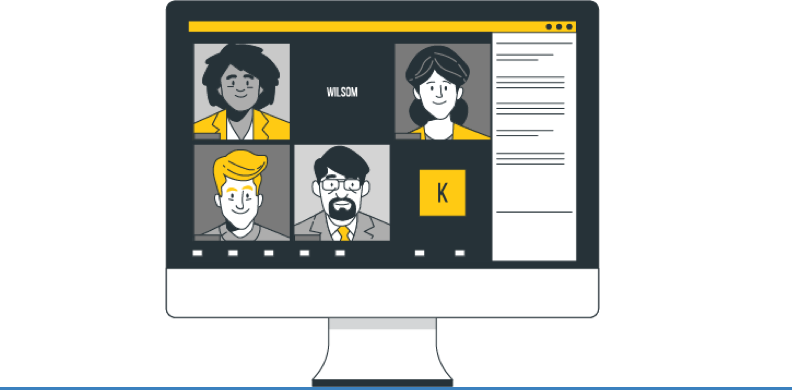Managing employees is not an easy task. Being apart of the HRD team, there are many things that one needs to know, starting from how to distribute salaries, managing leave, evaluating performance, and much more. Among these various tasks, there is another thing that is no less important for you to pay attention to, which is related to employee life cycle management.
Dokodemo-Kerja is currently the best online attendance application in circulation, applying a full range of features used to flexibly increase overall employee productivity.Some of these features include Attendance & Leave Management, Task Organization, as well as Employee performance evaluation: all through just one application.
Manage Employees Easier through the Dokodemo-Kerja HRD Application. Try it now!
It is important to remember that employees are human resources who play an important role in a company. Therefore, when the HRD team is successful in carrying out employee life cycle management properly, the company will have a positive impact, ranging from increased productivity to employee loyalty.
Well, if you are part of the HRD team and don’t understand what the employee life cycle is, the following article will provide information for you. Please see our explanation below.
The Employee Life Cycle: What Is it?
The employee life cycle is the stages used to visualize how an employee will engage with the company where they work. All stages in the employee life cycle or employee life cycle will cover various relationships between employees and the company starting from the process where employees are interested in working at your company to the occurrence of termination of employment.
Managing the employee life cycle is very important to do so that employees can have an overview of the career journey process in the company. From the company side, employee life cycle management will also be useful in the appraisal process and improve employee performance.
You need to remember that when the Covid-19 pandemic occurred, companies managed their employees in “different” ways, such as the online recruitment process, the implementation of the WFH (Work From Home) policy, and much more. Therefore, as an HR professional, you need to understand the employee life cycle in accordance with the changes that have occurred today and understand how this can affect the overall performance, engagement and retention rates of employees in the company.
6 Stages in the Employee Life Cycle
After you understand what the employee life cycle is and its important role for the company, here are 6 stages in the employee life cycle that employees in the company will go through.
1. Attraction
The first stage that employees will go through is attraction where employees begin to have an interest in a company. This stage is an employee life cycle that occurs even before the company opens a job vacancy. So, this stage is closely related to the company’s image as a good place to work.
You need to know, regardless of how innovative and strong the products or services offered by your company are, if your company does not have appeal then the company will fail to attract qualified candidates. That’s why building employer branding is so important.
To make it easier for you, here are some examples of strategies you can try to build employer branding or employee interest in your company:
Ask company managers to attend industry-relevant seminars or conferences on a regular basis and look for opportunities to speak. You can do this to build a good company profile.
Your employees can be powerful promoters to inform that your company is a good place to work. Therefore, build a positive and attractive company culture so that your company employees are moved to tell those closest to you how great it is to work at your company.
An advanced HRIS system that effectively monitors the performances and productivity of your employees. WFO or WFH? Manage both and Stay Productive with Dokodemo-Kerja!
An affordable HRIS app that increases productivity. Check it out here!
To attract candidates, you can offer benefits that are not offered by many other companies. Examples include flexible working hours, Work From Home, free lunch, and many more.
2. Recruitment
The next stage of the employee life cycle is recruitment or employee recruitment. At this stage, the HRD team will carry out a series of processes in order to find the right candidate, namely:
- Posting job vacancies.
- Carry out the screening process.
- Testing process.
- Interview with candidate.
- Check the candidate’s background.
- Determine the decision.
- Submit an offer letter or employment contract.
To build a positive corporate image, the HRD team must be able to design a pleasant recruitment and selection process. This also needs to be done because it will affect the employee’s decision when they get the employment contract that you submitted. If they get an unpleasant experience, of course they can discourage them from wanting to work for your company.
Some things you can do to make the recruitment stage run smoothly are:
Post job vacancies on various platforms such as on company websites and online job boards such as Indeed or LinkedIn.
Make recruitment work with a process that is not too long.
Being transparent about the results obtained by the candidate or in other words does not make the candidate feel “hanged”.
Take advantage of technology for a more effective and efficient recruitment process. Examples include using the Application Tracking System (ATS) to speed up screening, using Zoom for online interviews, and much more.







